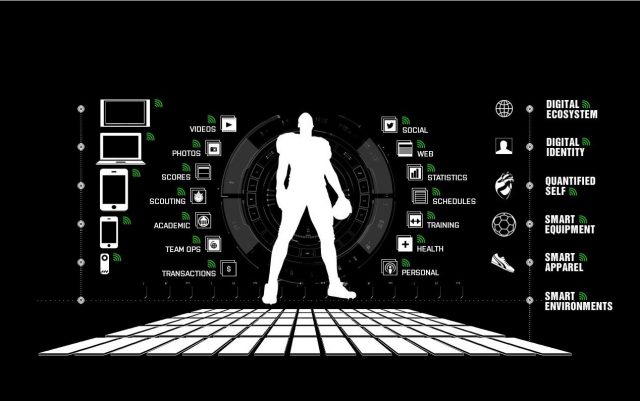
Sports data feeds are designed to assist bookmakers and bettors alike to partake in what people know as sports betting. Their role is to provide reliable, verified data, with the ultimate goal of analyzing and interpreting statistical data like odds and other informative pieces.
How they work is no different from how any data-driven computer algorithm functions, except for a few key differences that set this domain apart. We will be taking a look at the features, the role of artificial intelligence in this domain, and how it can improve certain aspects of the entire industry.
The Role of AI In Sports Data Feeds

Artificial intelligence, or machine learning to be more exact, has been integrated into many things over the past couple of years. Its role is to gather that data, analyze it, and interpret it in a meaningful way so that it can be both useful and informative for bettors, players, fans, sportsbooks, trainers, and commentators alike.
The algorithm works by constantly learning on its own with a few gradual fixes here and there from developers. It takes historical data, including player injuries, team winnings against certain opponents, the speed and pace of each individual player, and much more. But the AI would be nothing if we didn’t have the proper tools to collect said data.
Tools of the Trade
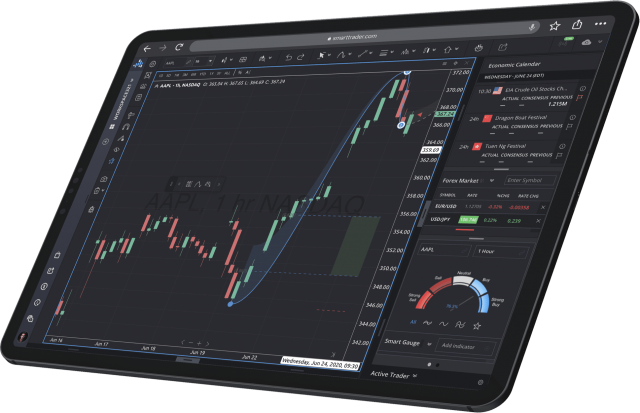
These days, it’s not just software that has evolved impressively so. Hardware is also as advanced as it ever was, and if it wasn’t for hardware, we couldn’t collect a large part of that precious data.
Cameras, pedometers, smartwatches, smart scales, and all sorts of sensor-powered devices collect physical data from players and users. Any pro-league match played today is monitored by cameras from multiple angles that can determine in less than a second what action each player has taken.
Not long ago, we had to watch replays just to determine if it was an off-side or not, whilst today these systems alert us of such things automatically. When it comes to an individual player’s health, they are monitored by smartwatches or smart bracelets and alert the team manager regarding any possible health issues. In short, the hardware we use to collect said data is more useful and efficient than ever before.
Sports Data Feed Platforms
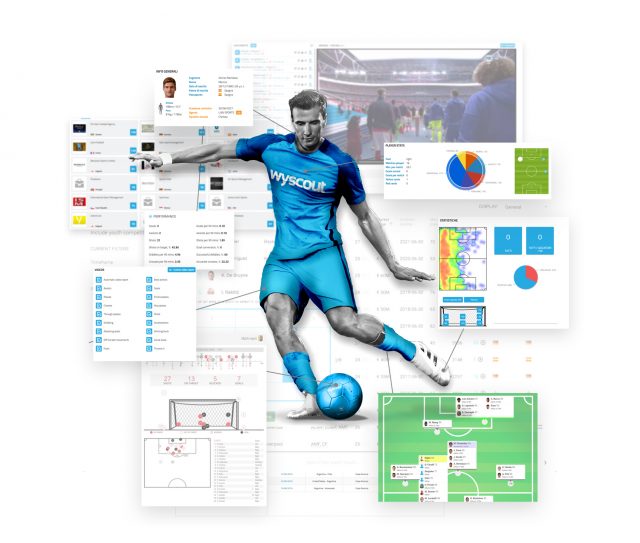
The most widespread use of sports data can be found inside sports data feeds. These feeds are meant to offer sportsbooks and bettors make realistic predictions, bets, and recommendations depending on the situation.
FeedConstruct and numerous other similar providers give their clients the ability to access hundreds of thousands of live matches, across tens of different sports. It allows users to access and interpret the data within any jurisdiction that legally permits people to place bets on sports or open and operate sportsbooks.
Virtual sports are also available in this type of offerings, thus adding an even bigger incentive for potential bettors to partake in the action. A sports data feed is practically the main building block that sportsbooks use today. Without it, these businesses would cease to exist.
Personal Sports Data Feed
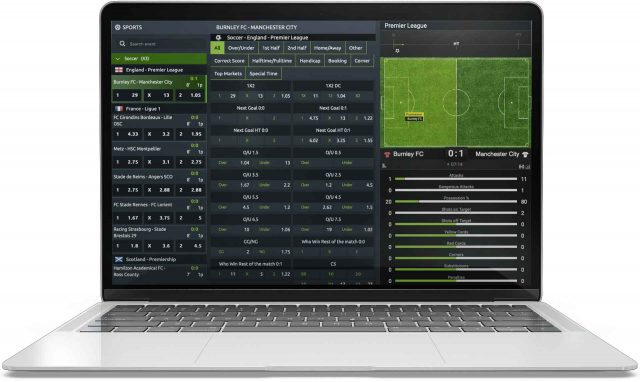
Another type of sports feed is the personalized one that smartwatches and other smart sports accessories can offer you. Basically, these accessories work the same way they work for professional athletes, except that data is stored and processed solely for yourself.
One of the most widespread and full-fledged of such feeds is Samsung Health. It encompasses numerous types of health-related data into one single place from where you can view and analyze everything there is to see. The app then gives you detailed information about goals that you should consider based on what age and height you input.
As stated earlier in the chapter regarding artificial intelligence, the app starts learning more and more about you, your wellbeing, and your habits, and it is thus able to provide you with the best possible advice. It’s practically starting to slowly replace personal trainers and nutritionists, which is impressive, to say the least.
But can this type of personalized sports data feed be improved? Of course! There’s always room for improvement in any domain, and this one is no exception. We can imagine in the future having all sorts of advanced sensors that will be able to tell your age, height, weight, and everything in between with a simple touch. No more need to manually input that data on your own.
How Does This Benefit Other Tech Industries?

Of course, sports data feeds represent a big business opportunity for numerous tech enthusiasts. For starters, the smartphone industry has profited greatly from this because they can now integrate apps like the ones mentioned above into their software.
And, of course, the gadgets that we use to measure said sports data work in tandem with the smartphone via a Bluetooth connection. This, in turn, increases the revenue for the sensor industry. Chipset manufacturers also benefit from sports data feeds because they can now sell their CPUs as “specialized in sports data streaming.”
Think about it the same way in which GPUs for mining cryptocurrency were marketed. Those chipsets were touted as ASIC wonders that would only mine crypto instead of calculating any other variables like video games, movies, and other stuff that is usually reserved solely for a graphical card.
In short, sports data feeds, while seemingly simple, help out a lot of industries, not just those related solely to sports. We’re curious to see where this technology will go in the future, as up until now it has shown immense potential.
Sports Data Feeds at the End of the Day
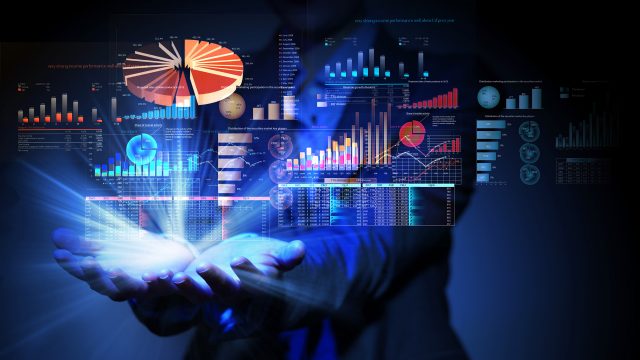
When it comes down to its essence, a sports data feed has a simple role, yet a major impact on technology as a whole. Not many people could have predicted just how big this type of business would become one day, yet here we are.
What are your thoughts regarding this subject? Leave us a comment below and feel free to share this information with your friends on social media and other websites if you’ve found it interesting.














